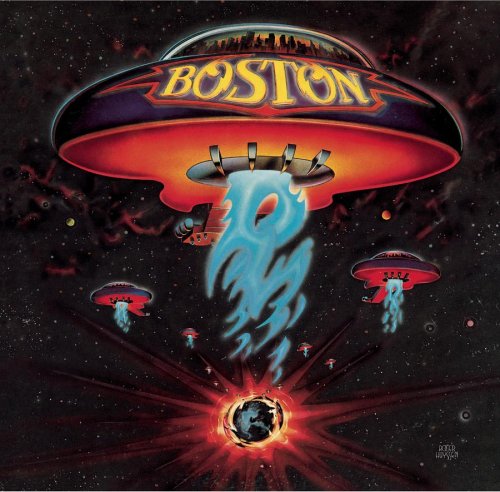It’s one of the driving forces behind radio station formatting; people tend to become most attached to the music that they heard in adolescence – from about 12 to the early-mid 20s. That’s the time of one’s life when hormone-addled emotions grab and internalize emotional markers for the rest of peoples’ lives.
Music is, of course, one of the most emotionally immediate art forms.
And so for the past sixty years, radio stations have banked their economic futures on playing music that resonate with each succeeding demographic group’s musical emotional markers.
If you’re one of the first wave of Baby Boomers, then, the Beatles were Top Forty radio when you were in your teens and twenties; as you moved through your thirties and forties, they became “classics”. And as you slide toward the tail end of your big-money earning years, they become “Oldies”. And in 10-15 years, you’ll start seeing “nostalgia” stations playing sixties music.
Presuming music radio still exists, of course.
But as I’ve noted in this series – at least in re yours truly – there’s a separate emotional motivation – the one that leads to staking out one’s own identity. In my case, it involved seeking out music that everyone at Jamestown High School wasn’t already listening to – at that time, the punk, new wave, and other non-top-40 stuff that was starting to make waves by the mid-late seventies – and eschewing the stuff that was popular at the time – the Linda Ronstadts, the Bee Gees, Barry Manilows, Andrew Golds, Eagles, Olivia Newton Johns, Kisses and Bad Companys and Seals and Croftses and whatever else dominated the charts during that post-Watergate, post-Beatles, pre-Reagan era.
And at the intersection of those two emotional drives was Boston. Or at least their first album.

On the one hand – it was the most perfect example of “corporate rock” of the seventies. You look up “overproduced” in the dictionary, you see a drawing of Tom Scholtz, the group’s founder / guitarist / keyboarist / songwriter / dictator / superego / producer / electronic research engineer / sole remaining original member. There was not a spontaneous bit of music, or an unaltered natural sound, anywhere on 1976 debut album. It was the product – in both senses of the word – of Scholtz’ manic vision and Epic Records’ marketing plan. And that was the stuff that teenage punks were supposed to eschew up and spit out
On the other hand? It was the most perfect example of “corporate rock” of the seventies.
To a generation of kids, discovering the big wide world and out-of-town radio and girls is inextricably tied in with Tom Scholtz’ shimmering acoustic guitar; with Barry Goodreau’s mega-multi-tracked guitar pyrotechnics; with Brad Delp’s every-bit-as-enhanced-as-Kim-Kardashian’s-butt vocals; above all, with the overall sound, which is no more spontaneous than a meal cooked by a molecular gastronomer…
…and no less gloriously perfect.
And for all of Pete Townsend’s purported dabbling into psychoacoustic research into patterns of sound that humans can not resist, it’d be hard to find a better example of any such phenomenon than “More than a Feeling”, “Long Time”…
…and probably half a dozen other moments on the first album
If I were an eccentric billionaire, I might well pay a couple of psych grad students a few grand to determine whetherBoston- or especially “More than a Feeling” and “Long Time” – don’t have some sort of pavlovian, autonomic response among a generation of guys from 45-53 or so.
And so while the obnoxious teen punk Mitch Berg didn’t say it too loud? In a place that punk never talked about, even with his closest musical friends, Boston – and Boston – got quietly grandfathered in on the list of “music I’ll keep listening to with unironic joy”. And there was always a copy of Boston lying around somewhere – a cassette in an unmarked case, in the case of an, er, friend of mine.
TANGENTIAL NOTE: I first started thinking about this series back in 2009 – which was when I first started stubbing out the first couple of articles (on Fleetwood Mac and Boston, as well as on Heart, Foreigner and the Stylistics, which have yet to appear).
I publish this blog using a tool called “WordPress”, which allows me to save posts as drafts (I have about 300) or schedule them out in advance (as this is written, the furthest-out is in 2017). Having a post set to “publish” is usually good motivation to actually finish it.
But it doesn’t always work. When things get busy and my attention span gets taxed, posts’ “publish” dates come and go, and unfinished (or barely-started) posts appear on the blog. As this one did, at least once – which explains comments in the comment section going back to 2012.
Just in case you were wondering.
Leave a Reply
You must be logged in to post a comment.